G-SAVIOUR DISPATCH Vol.01
G-SAVIOUR DISPATCH
VOL.01
Text by Kouichi Inoue
UNRAVELING THE MYSTERY OF HOLLYWOOD’S LIVE-ACTION G-SAVIOUR!
As promised in last month’s issue, here’s G-Saviour Dispatch. The Hollywood-produced live-action “G-Saviour” has already been screened at charity events during the official Okinawa American Short Short Film Festival last June, and on JAL’s Hawaii and domestic routes in August. However, not many people are fully aware of its entirety. To shed light on this project, we’ve invited producer Koichi Inoue to share information about the work. In this first installment, he’ll discuss the journey leading to the completion of G-Saviour.
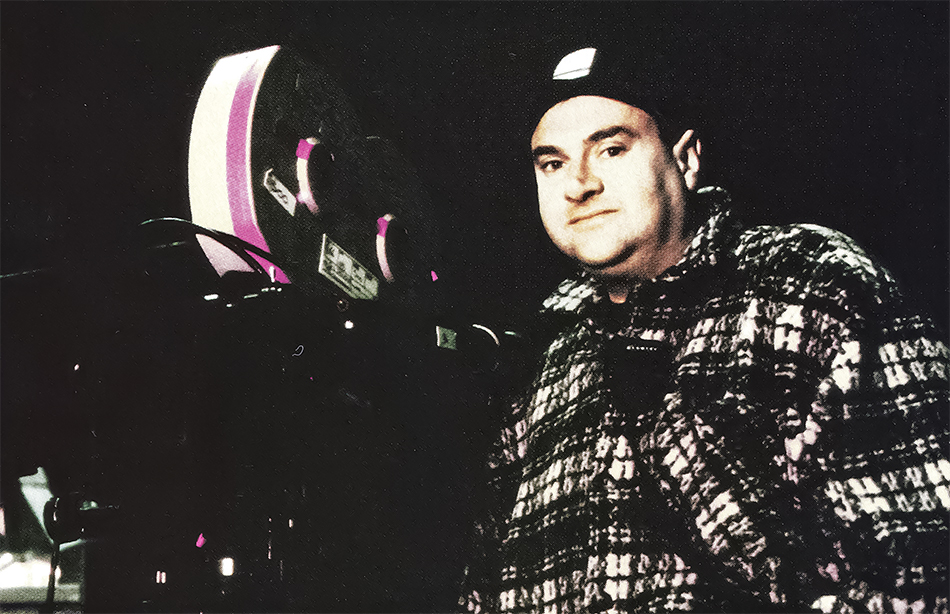
Philip Segal, one of the executive producers, has previously worked on productions like “Doctor Who” (Universal/Fox/BBC 1996) and “Earth 2” (Amblin Entertainment 1994).
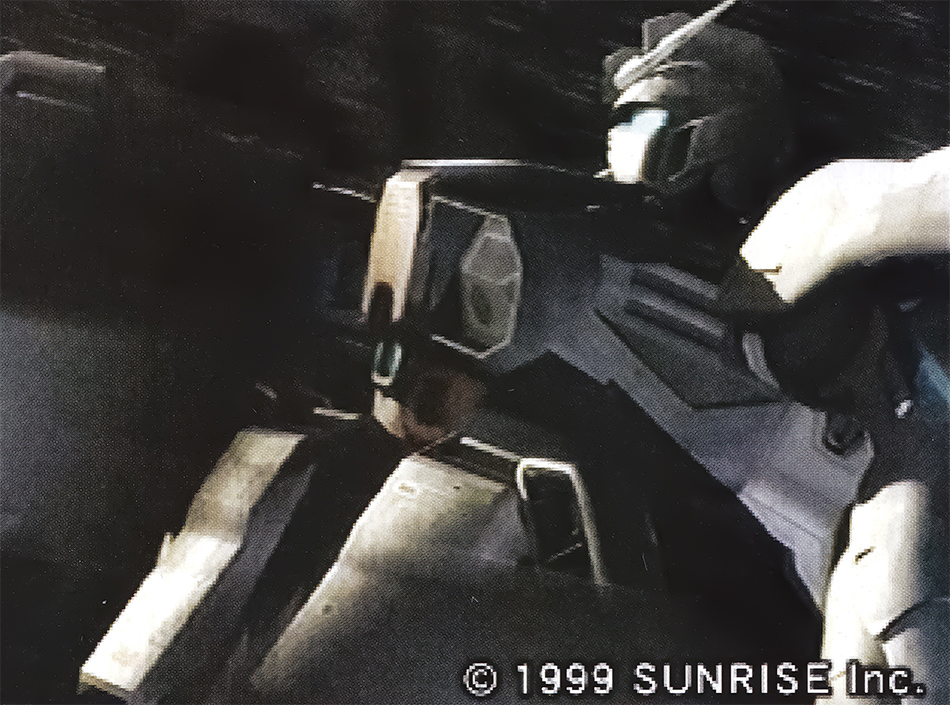
Kunio Okawara and American Kevin Ishioka designed the mobile suits appearing in the film. As Inoue mentions in the text, “the ‘G’ in ‘G-SAVIOUR’ isn’t directly the ‘G’ from ‘GUNDAM,'” the mobile suit G-Saviour was designed with a different approach from “Gundam.”
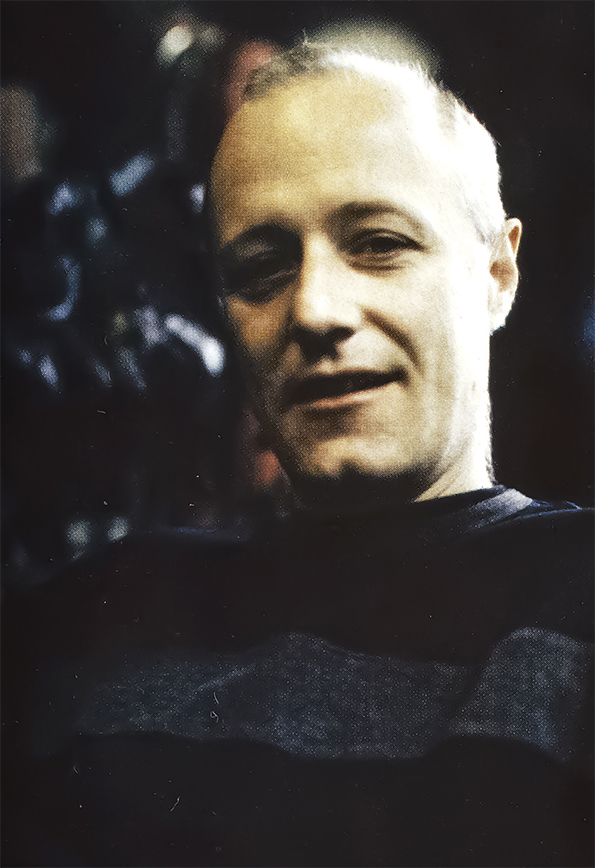
Graeme Campbell, the director of G-Saviour, has also been involved in works such as Volcano (ABC Davis Ent. Television 1997).
Since ancient times, humanity has been embroiled in conflict and war. Some fight to survive, others to protect their loved ones…
Will mankind continue to wage war for eternity?
Here, a future history continues to unfold.
It’s a speculative future of humanity, painted alongside the legend of the “white mobile suit…”
This is the “Universal Century.”
Let’s rewind five years.
In the summer of 1995, a proposal was drafted.
Titled “USA Gundam,” this proposal was fundamentally different from previous overseas Gundam animation concepts that had been shelved. It was a pitch for a live-action production using CGI (Computer Graphics). Technological advancements had begun to reduce the costs of previously expensive CGI, opening up new possibilities for visual expression…
That autumn, research began spanning both Japan and the United States. To bring this project to life, there were formidable challenges to overcome: issues of “expression” and “production costs.” While there have been numerous productions utilizing CGI technology, even Hollywood hadn’t tackled battles between giant robots. Could mobile suits be animated to look authentic? Was it possible to depict beam rifles and beam sabers effectively? And while costs were decreasing, animating giant robots with fully articulated joints would undoubtedly be far more labor-intensive than traditional spacecraft CGI. This would inevitably impact production costs. We already anticipated needing a budget far exceeding that of an animated production, but could we overcome this hurdle?
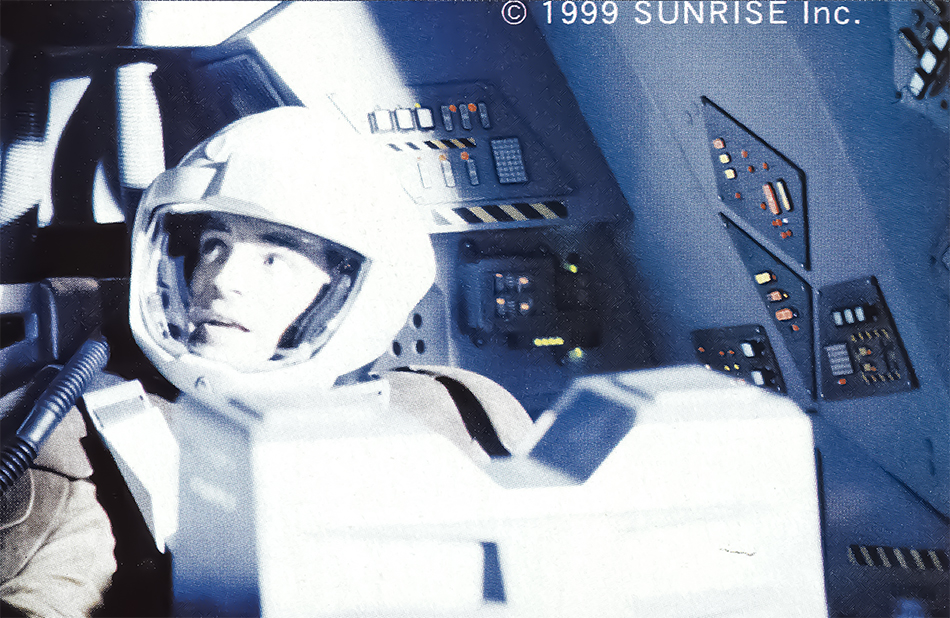
The mobile suit cockpit isn’t just a simple box; it’s designed to move forward, backward, left, right, up and down in sync with the mecha’s movements in the scene. This realistically reproduces the impact experienced by the pilot inside the cockpit.
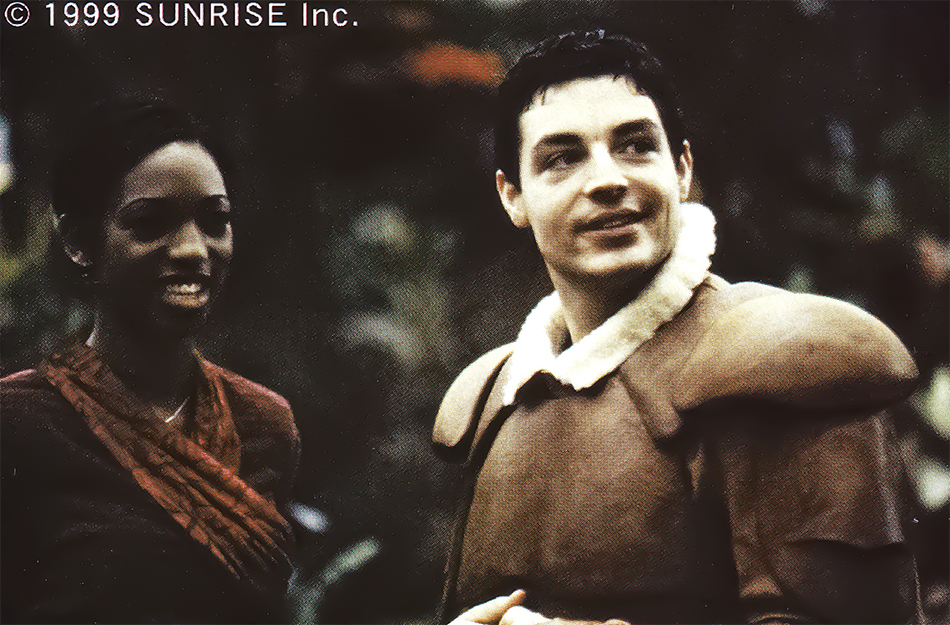
What Brennan Elliott, who plays the protagonist Mark Curran, is wearing is the G-Saviour pilot suit. It’s designed to evoke Western leather armor. Next to him is the heroine, Cynthia Graves. This character, played by Enuka Okuma, is a female space-dwelling biologist.
That winter, a powerful ally joined the G-S team to tackle the “expression” challenge: director Takashi Imanishi. His storyboards accelerated the subsequent work at a breakneck pace. Veteran Kunio Okawara took charge of mobile suit design, with Masahisa Suzuki providing design support. Simultaneously, self-proclaimed “colony architect” Shigemi Ikeda dove into refining the space colony designs. Toshihiro Kawamoto joined to design costumes, including pilot suits.
In spring 1996, it was decided to produce a 3-minute “trailer” short film in the United States to test the limits of expression. This decision was made to overcome the “production cost” barrier and emphasize the international nature of the Universal Century setting, necessitating Western actors.
Summer of that year saw the start of the trailer production.
Spring 1997: The trailer was completed. Parting ways with the trailer staff, the G-S project moved into preparations for main production.
Spring 1998: “Find us staff who don’t know ‘GUNDAM’!” This was our demand during a meeting to select staff with our newly decided U.S. production partner. American fans are incredible! Our experiences over the past few years had confirmed this. While not all fans are the same, their passion can unconsciously create biases. “We understand that the ‘G’ in ‘G-SAVIOUR’ isn’t directly the ‘G’ from ‘GUNDAM’. If it’s a ‘separate work,’ we understand the importance and necessity of resetting expectations.” Our American colleagues nodded, grasping the meaning of our request, and reached for their phones.
This is how the “G-S Project” began. But it also marked the beginning of years where our sleep could be counted on one hand of an MSM-07 Z’gock…
(We’ll omit various anecdotes from the production process for now. We’ll find another opportunity to share those stories.)
June 1999: G-SAVIOUR was finally completed as a new-generation visual work, combining Japan’s giant robots with Hollywood’s latest CGI technology.
Universal Century 0223.
Two centuries have passed since humanity expanded its living space into the cosmos. People still face numerous trials: population explosion, food crises, environmental issues, energy crises, wars, and conflicts…
“G-SAVIOUR” takes flight towards these “new battles” facing humanity…
Source: Dengeki Hobby March 2000 (pages 108-109)




